The Vise Saga Begins
I would not say that I have a vise, um, fetish. I will admit that I have long been fascinated with vises, and own what some folks – for example a bride of 32 years, just thinking hypothetically here — would think is an over-adequate inventory of them. The seeds of her view might have been planted when we were first married and students at the University of Delaware, and I learned about Carpenter Machinery in downtown Philly having a huge stock of Emmert vises salvaged from the recently-closed pattern shop of the Philadelphia Navy Yard foundry. We were poor as church mice, but for one of only two times while in college I took money out of savings and headed to Carpenter’s. I still remember the look on her face when I climbed into a four-foot-cube industrial storage cage and came out with two almost-100-lb chunks of iron to put into the car trunk.
They were complete Emmert K-1s. I built a bench around one, a bench I use daily ever since. The second one remains in the bullpen, awaiting its call to duty some time this coming winter.
In the years since I obtained and even built a number of vises, some based on specific project needs, some on testing out a “what if” idea, some simply whimsical. Machinist vises. Machinist vises with integral anvils. Twin screw face vises (on the back side of my Emmert-bearing workbench, and pretty much a standard feature on many of the workbenches I have built since).
Shop-built end vises (to be featured in a Popular Woodworking article next spring).
Rotating/tilting engraving tables/vises built with a duckpin bowling ball and two toilet flanges. Zyliss vises, of which I have four and find indispensable. Roubo leg vises. Saw sharpening vises.
The tale goes on.
Then three years ago, within days of each other, I had “in the flesh” introductions to both the H.O. Studley workbench with its nickel-plated piano-makers vises and the products of bench vise innovators Jameel and Father John Abraham. In the aftermath of those episodes what had been an abiding curiosity became something much more energized and focused.
Over the next year or so I will be combining the best features of all the piano-makers’ wheel-handle vises I have been able to examine thus far into a design and set of foundry patterns for making the ultimate vise of the form. Along the way I will let you peek over my shoulder as I travel down this path, hopefully one of fulfillment and not of merely enabling a compulsive addiction. In the end my goal is to have yet another new bench, this one an offspring from the splicng of toolism genes from Andre-Jacob Roubo and Henry O. Studley.
Now that will be something to see.
I hope there are no recessive gene issues…

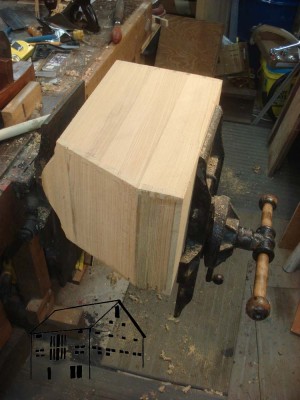
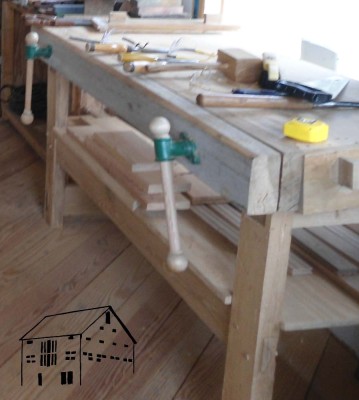
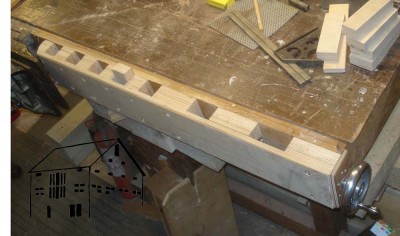
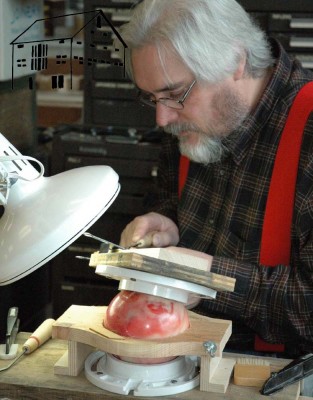
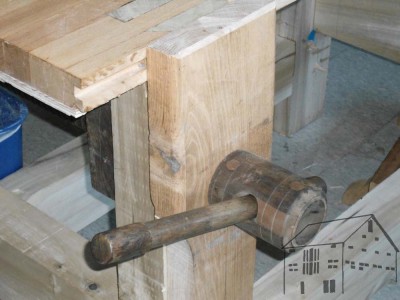


Join the Conversation!